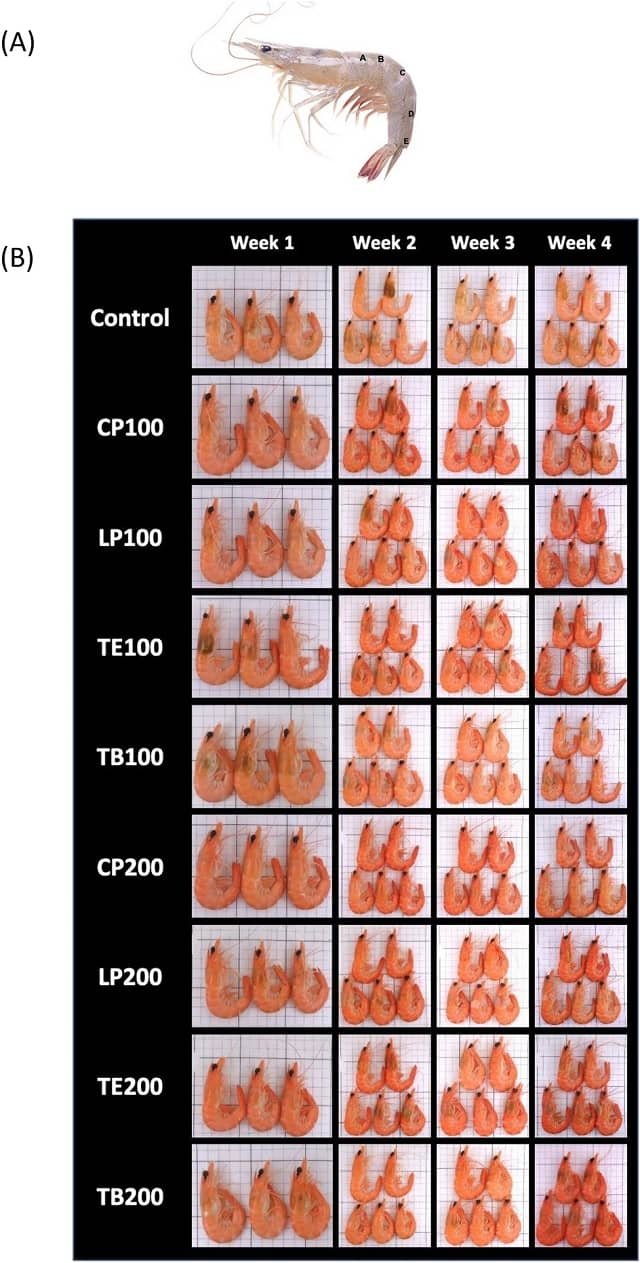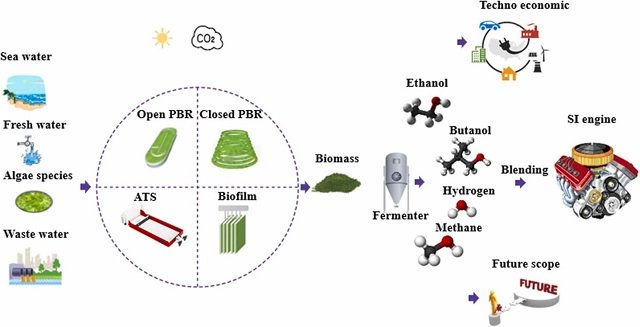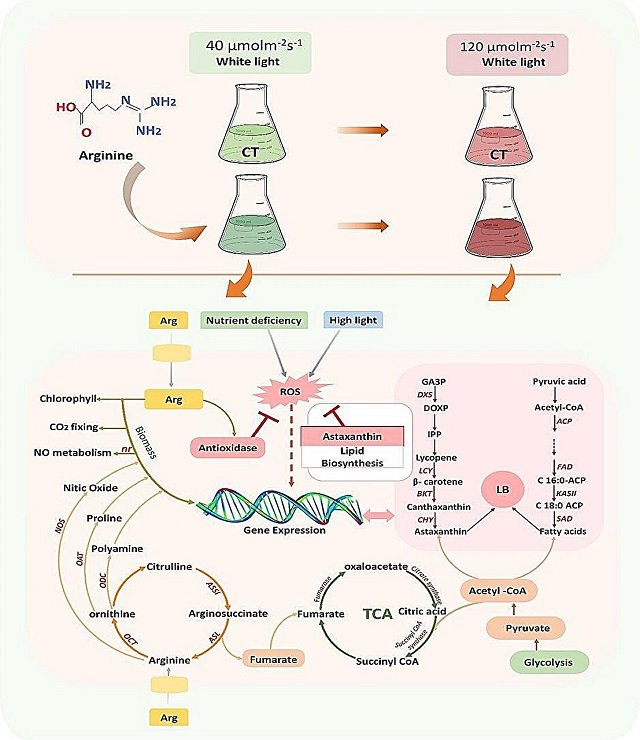by Zhang Nannan*
China – Recently, the research group of Prof. HUANG Qing from the Institute of Intelligent Machines (IIM), Hefei Institutes of Physical Science (HFIPS) found that the γ-aminobutyric acid (GABA) can promote the growth of Haematococcus pluvialis and increase the astaxanthin accumulation.
Published in the journal Algae Research, the team reported how they tried different ways to promote the growth of Haematococcus pluvialis till they found that GABA can effectively increase the biomass of it, leading to promotion of astaxanthin yield.
Haematococcus pluvialis is one of the best sources for obtaining nature astaxanthin, which has medicinal and nutritional functions in health due to its strong antioxidant capacity. To complete the accumulation of astaxanthin in Haematococcus pluvialis, strong light irradiation is required. But strong light will cause irreversible photo-oxidative damage to the algae cells, resulting in the reduction of astaxanthin production.
So, how to improve the astaxanthin production from Haematococcus pluvialis remains a challenge for researchers.
This study also sheds light on the mechanism of GABA working on Haematococcus pluvialis.
The researchers found that at the late green growth stage, GABA could enhance the ability of algae cells to resist stress with the increased expression of PP2C, SnRK2, CPK, HASP90, PTOX genes related to stress resistance, while in the early red cyst stage, GABA had a photoprotective effect on algae cells exposed to strong light as the expression of light harvesting protein Lhca2 was up-regulated.
The addition of GABA can not only increase the biomass, but also reduce the photo-oxidation damage and cell death in the process of strong light conversion. As such, GABA improves the photosynthetic performance of algal cells, giving rise to better light adaptability and stronger heat dissipation capacity.
Stay Always Informed
Join our communities to instantly receive the most important news, reports, and analysis from the aquaculture industry.
This work was supported by the National Natural Science Foundation of China.
Contact
ZHOU Shu
Hefei Institutes of Physical Science
E-mail: zhous@hfcas.ac.cn
Reference:
Lamei Li et al. Exogenous γ-aminobutyric acid promotes biomass and astaxanthin production in Haematococcus pluvialis, Algal Research (2020). DOI: 10.1016/j.algal.2020.102089
*Source: Chinese Academy of Sciences
Editor at the digital magazine AquaHoy. He holds a degree in Aquaculture Biology from the National University of Santa (UNS) and a Master’s degree in Science and Innovation Management from the Polytechnic University of Valencia, with postgraduate diplomas in Business Innovation and Innovation Management. He possesses extensive experience in the aquaculture and fisheries sector, having led the Fisheries Innovation Unit of the National Program for Innovation in Fisheries and Aquaculture (PNIPA). He has served as a senior consultant in technology watch, an innovation project formulator and advisor, and a lecturer at UNS. He is a member of the Peruvian College of Biologists and was recognized by the World Aquaculture Society (WAS) in 2016 for his contribution to aquaculture.




